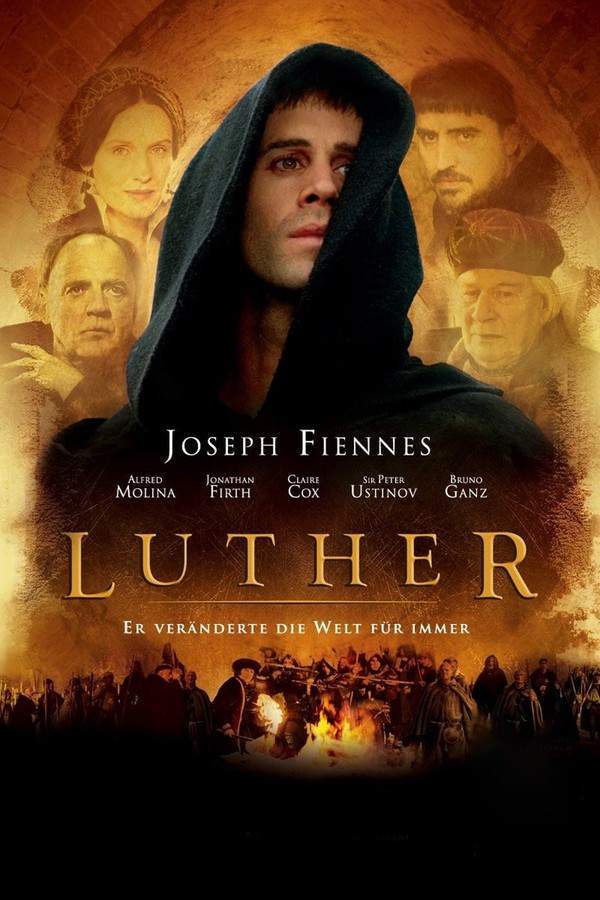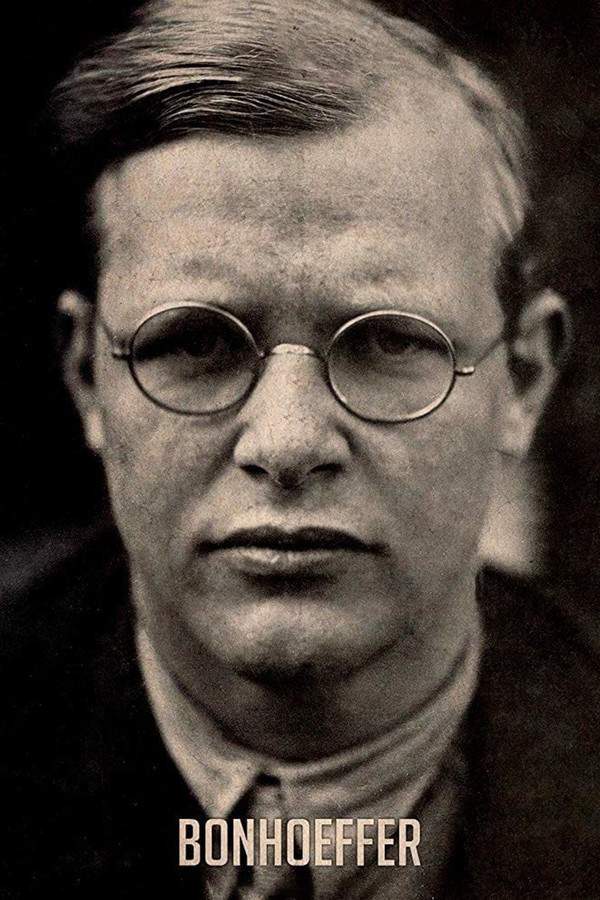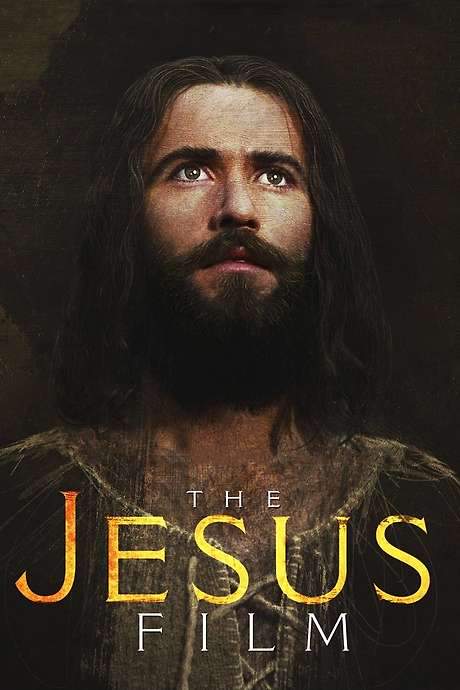
Martin Luther
Year: 1953
Runtime: 105 mins
Language: English
“No man can command my conscience!” A biopic of Martin Luther, covering his life between 1505 and 1530, and the birth of the Protestant Reformation movement.
Warning: spoilers below!
Haven’t seen Martin Luther yet? This summary contains major spoilers. Bookmark the page, watch the movie, and come back for the full breakdown. If you're ready, scroll on and relive the story!
Timeline – Martin Luther (1953)
Trace every key event in Martin Luther (1953) with our detailed, chronological timeline. Perfect for unpacking nonlinear stories, spotting hidden connections, and understanding how each scene builds toward the film’s climax. Whether you're revisiting or decoding for the first time, this timeline gives you the full picture.
Last Updated: October 09, 2025 at 10:50
Unlock the Full Story of Martin Luther
Don't stop at just watching — explore Martin Luther in full detail. From the complete plot summary and scene-by-scene timeline to character breakdowns, thematic analysis, and a deep dive into the ending — every page helps you truly understand what Martin Luther is all about. Plus, discover what's next after the movie.
Martin Luther Summary
Read a complete plot summary of Martin Luther, including all key story points, character arcs, and turning points. This in-depth recap is ideal for understanding the narrative structure or reviewing what happened in the movie.

Similar Movies to Martin Luther
Discover movies like Martin Luther that share similar genres, themes, and storytelling elements. Whether you’re drawn to the atmosphere, character arcs, or plot structure, these curated recommendations will help you explore more films you’ll love.
Explore More About Movie Martin Luther
Martin Luther (1953) Plot Summary & Movie Recap
Martin Luther (1953) Scene-by-Scene Movie Timeline
Martin Luther (1953) Spoiler-Free Summary & Key Flow
Movies Like Martin Luther – Similar Titles You’ll Enjoy
Luther (2003) Film Overview & Timeline
Bonhoeffer (2003) Full Movie Breakdown
Luther and I (2017) Detailed Story Recap
Bonhoeffer: Agent of Grace (2000) Full Movie Breakdown
Martin Luther: The Idea that Changed the World (2017) Detailed Story Recap
The Reformer. Zwingli: A Life’s Portrait (2019) Full Summary & Key Details
Citizen King (2004) Full Summary & Key Details
Martin Luther (1000) Movie Recap & Themes
Luther Metke at 94 (1980) Detailed Story Recap
Martin’s Day (1985) Plot Summary & Ending Explained
King (1000) Story Summary & Characters
Pastor Hall (1940) Film Overview & Timeline
Jesus (1979) Full Movie Breakdown
Thomas Müntzer (1956) Plot Summary & Ending Explained
Little Martin Returns (1948) Spoiler-Packed Plot Recap

















